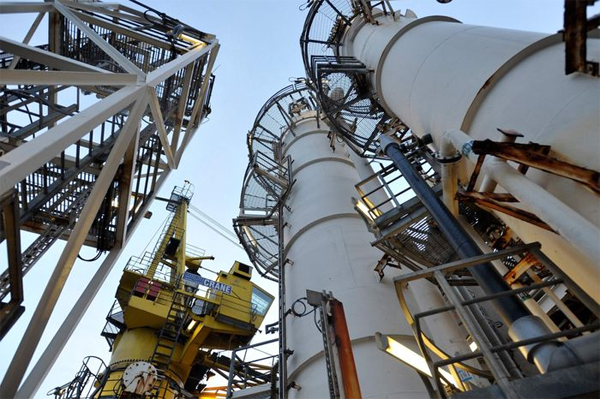WTI, Brent crude prices log losses for a third straight session

Myra P. Saefong and William Watts, MarketWatch
SAN FRANCISCO/NEW YORK
EnergiesNet.com 12 06 2022
Oil tallied a third consecutive loss on Tuesday, with U.S. benchmark crude prices settling at their lowest level in nearly a year.
Worries about more aggressive monetary tightening by the Federal Reserve rippled across markets despite concerns about the impact of the Group of Seven price cap on Russian oil imposed on Monday.
Price action
- West Texas Intermediate crude for January delivery CL00, -0.30% CL.1, -0.26% CLF23, -0.24% declined by $2.68, or 3.5%, to settle at $74.25 a barrel on the New York Mercantile Exchange. It marked the lowest finish for a front-month contract since Dec. 23, 2021, according to Dow Jones Market Data.
- February Brent crude BRN00, -0.04% BRNG23, -0.06%, the global benchmark, lost $3.33, or 4%, to end at $79.35 a barrel on ICE Futures Europe, the lowest finish since Jan. 3.
- Also on Nymex, January gasoline RBF23, 0.08% fell 5 cents, or 2.4%, to $2.1491 a gallon.
- January heating oil HOF23, 0.01% settled at $2.9155 a gallon, down 8 cents, or 2.8%.
- January natural gas settled at to $5.469 per million British thermal units, down 1.9%, after losing more than 11% Monday.
Market drivers
Economic data released on Monday showed the U.S. economy is still “running hot creating scope for more interest rate hikes, and downgrading short- to medium-term growth prospects; a scenario that would entail a drop in oil demand,” said Ricardo Evangelista, a senior analyst at ActivTrades.
Data released Monday showed the U.S. ISM service-sector index climbed to 56.5% in November from 54.4% in October, signaling that the domestic economy is still expanding at a steady pace.
The data “triggered red flashing signals the Federal Reserve may keep interest rates higher for longer, increasing the odds of a U.S. recession,” said Stephen Innes, managing partner at SPI Asset Management, in a market note.
Still, China’s economic recovery from the pandemic “should provide a plank for the crude price to springboard off — and, of course, the faster the market prices in reopening-driven growth acceleration, the higher oil prices will go,” he said.
“But to reach maximum reopening acceleration, traders must navigate an obstacle course of skyrocketing Omicron cases and steep drop-offs in mobility,” said Innes. “Oil prices never do well in that environment.”
Oil traders, meanwhile, are waiting to see how a cap on prices of Russian oil imposed by the Group of Seven and the European Union will impact the market after expectations that they could cause prices to spike didn’t quite pan out.
“It is interesting that these losses are occurring at the same time as the G7 price cap on Russian oil kicks in. The measure, which some feared would destabilize the market, hasn’t yet produced such effect,” Evangelista said.
See also: What analysts think of the $60 price cap on Russia oil
Still, more than a dozen oil tankers were stuck near the exit to the Black Sea following the price cap on Russian crude, amid a dispute between a group of maritime insurers and Turkish authorities, The Wall Street Journal reported Tuesday.
Also on Tuesday. in a monthly report, the Energy Information Administration lowered its 2022 and 2023 price forecasts for WTI and Brent crude, and modestly raised its expectations for U.S. oil production this year and next.
The EIA will release its weekly U.S. petroleum supply report Wednesday morning.
On average, analysts expect the report to show a supply decline of 2.4 million barrels for crude, along with inventory gains of 2.9 million barrels for gasoline and 1.9 million barrels for distillates, according to a survey conducted by S&P Global Commodity Insights.
marketwatch 12 06 2022











